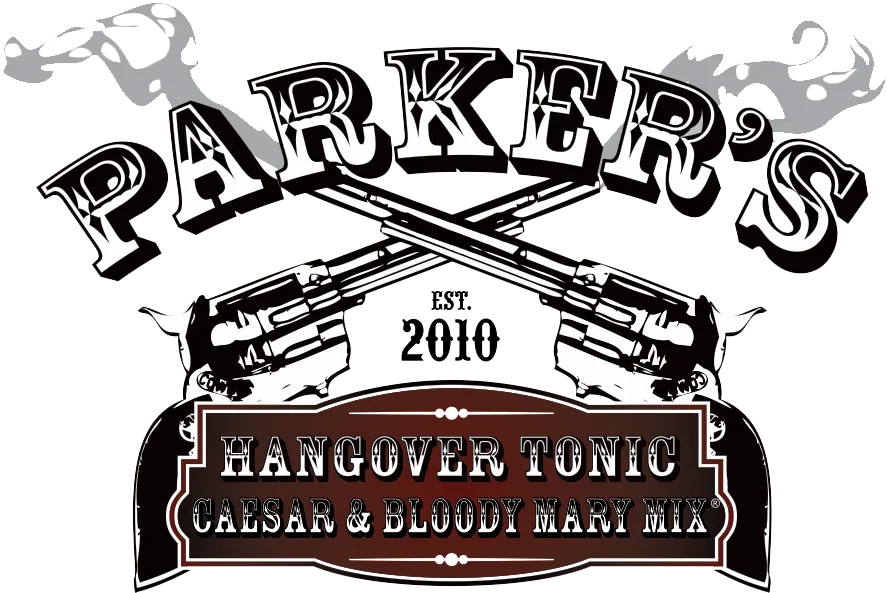Bloody Mary History
When you think of the few “classic” cocktails that bartenders even know how to make anymore, none has a more storied past than the Bloody Mary, this year celebrating its 80th birthday. In fact, if it weren’t for the 18th Amendment and the Russian Revolution there would be no Bloody Mary.
While its original name and recipe may be disputed, its birthplace is not—except by one man, Colin Field of the Hemingway Bar at The Ritz Hotel in Paris, who happens to be the world’s best bartender but who refuses to believe the Bloody Mary originated around the corner at Harry’s New York Bar at 5 Rue Danou.
Harry’s (which is in no way associated with Harry’s Bar in Venice) opened on Thanksgiving Day in 1911 by Harry MacElhone after an American jockey had a New York bar dismantled and shipped to Paris. This novelty of a New York-style bar became such a welcoming destination for liquor-starved Americans during Prohibition that they learned to tell the Parisian taxi drivers “Sank Roo Doe Noo!”—which for a long time now has been painted on the bar’s window.
Around 1920, émigrés escaping the Russian Revolution began arriving in Paris, bringing with them vodka and caviar, so Harry’s bartender, Ferdinand “Pete” Petiot, began experimenting with the new spirit, which he found tasteless. At the same time Petiot was introduced to American canned tomato juice, which back in the dry days of Prohibition was called a “tomato juice cocktail” on menus.
Over a year’s time, Petiot made vodka drink after vodka drink until he mixed it with the tomato juice and some seasonings, and, voilà!, a new cocktail was born, called the Bucket of Blood, christened by visiting American entertainer Roy Barton after a West Side Chicago nightclub of the same name.
The drink was popularized by Americans, so in 1933, Vincent Astor brought over Petiot to man the King Cole Bar at the St. Régis Hotel in New York, famous for its 30-foot nursery rhyme mural by Maxfield Parrish. The drink caught on—particularly as a supposed cure for hangovers—but under the less sanguine name “Red Snapper,” which is what it’s still called at the just-restored King Cole Bar. (Originally, a pint of black peppercorns was steeped in vodka for six weeks to create a mixture called “liquid black pepper,” a dash of which gave the vodka itself a real blast of flavor.)
At Parker’s, we know that history is important. We know that Bloody Mary’s are drenched in history and we love knowing where we come from! That being said, there’s a reason we worked so hard to perfect our recipe–we wanted to give you the best possible Bloody Mary. If you’re looking for the best gift to give this year, try a bottle of our perfectly balanced, spicy, and savory Parker’s Hangover Tonic.
